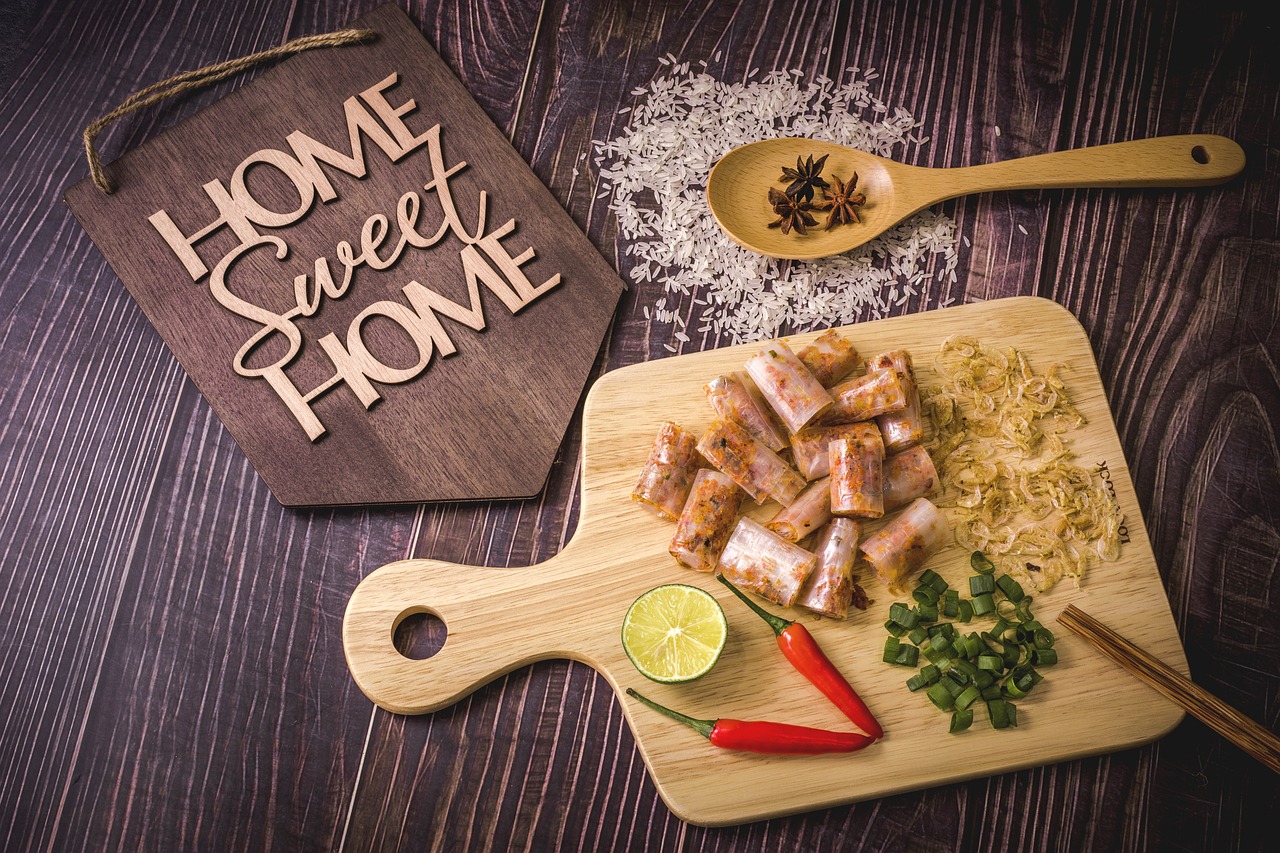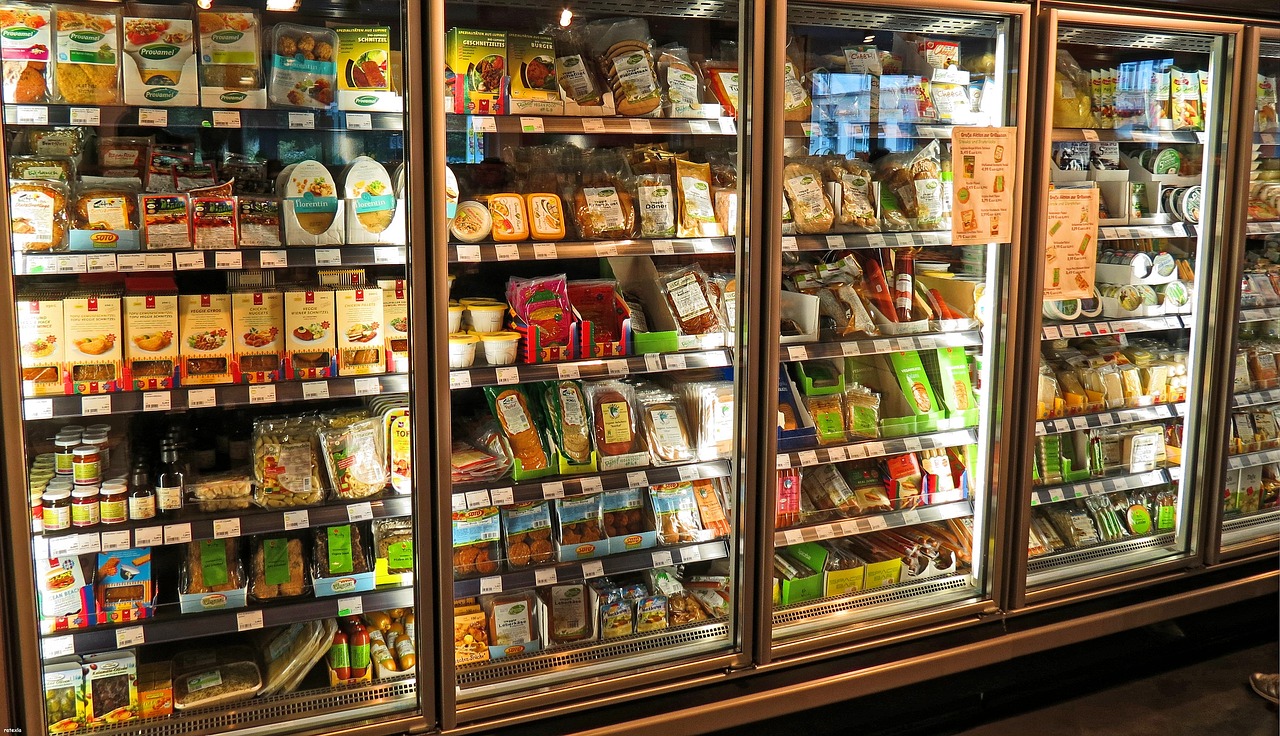The best wood for cutting boards are maple, walnut and cherry. In second place comes teak and acacia. Let’s look at why other types of wood such as pine, cedar and oak are not suitable for wooden shelves in your kitchen.
Why a high-quality board is so important
A good cutting board is an important part of the kitchen then it keeps your knives sharp and then makes cooking more efficient. But more importantly, a quality cutting board is a critical factor in food safety. A bad cutting board can harbor bacteria or mold.
The first step to finding a good board is to understand the different materials available and their advantages and disadvantages.The second step is to understand how to care for these materials so that they last as long as possible.
If you are reading this article right now, you have probably already concluded that wood is the best material for cutting boards (and you’d be right).So what is the best wood for cutting boards and how do we decide the winner?

Our evaluation process
We take a look at the five most important criteria for choosing a wooden cutting board. They are:
• Toxicity – Yes, some types of wood are more toxic than others!
• Hardness – softwood versus hardwood
• The porosity of the wood fibers – the more porous, the easier it is for bacteria and fungi to grow
• Conditioning and maintenance – how easy is the maintenance?
Moreover, by the time we’re done, we hope you’ll be a more educated chef and have the knowledge to make the best choice for you.
Criteria #1 – Toxicity – Are all wooden cutting boards safe?
The last thing a chef wants in their kitchen is something that could hurt someone. Therefore, the first priority when choosing natural products of any kind – cutting boards,
wooden utensils, ceramics, stoneware, etc. – is that they are safe and non-toxic.
When it comes to wooden items like cutting boards, a good rule of thumb is to ask if the
trees they come from have edible fruit. Fruit and nut trees such as walnut, cherry and beech are good choices alongside the syrup-producing maple.
Criterion #2 – Janka Hardness Rating
This standardized rating helps us determine the best “hard” surface for a cutting board.
What is Janka hardness?
It is used to determine the wood’s resistance to dents and wear and is measured in pound force or lbf.
The measurement indicates how much force is required to drive a steel ball halfway through a wooden sample. The more strength or lbf, the harder and more resistant to dents and wear and tear the wood is.
This scale or rating is often used when comparing wood flooring products as well as countertops and kitchen items such as cutting boards.
The harder the wood the more winter-hardy the product.This can be great for your kitchen floor, but it can be a problem for your cutting board. If the wood is too hard, it will cause more wear on the blades you use on that wood
Therefore, the following table shows the Janka hardness level of the woods already mentioned, as well as some other commonly known woods for reference.
Which wood has the ideal Janka hardness?
A wood that is somewhere in the middle to the bottom of the Janka scale is ideal. Your sharp knife will stay sharp when used on a cutting board in this Janka rating category.
With a few exceptions, most hardwood species meet this criterion.Moreover Let’s take a look at the different materials that are commonly used
Different types of hardwood are used for cutting boards
The hardwoods most often used for cutting boards and butcher blocks are cherry, acacia, beech, teak, maple and walnut. Other hardwoods such as oak, mahogany and birch are
also counted as hardwood. They are good for furniture, but do not belong in the kitchen. Therefore these harder woods are also not ideal for your kitchen knives.
However, there is a need for further research on cherry, acacia, beech, teak, maple and walnut. Now let’s talk about porosity, another factor that will help you choose the best wood for your cutting board.
Softwoods – Avoid these for cutting boards
Soft woods such as pine, spruce or cedar are not recommended for cutting best wood for cutting boards as they easily split or crack. These forests should generally be avoided.
Criterion #3 – Porosity of the wood grain
The porosity of the best woods for cutting boards also determines the quality of the cutting boards. Larger pores in the wood fibers allow moisture, bacteria and fungi to penetrate the wood, while smaller pores are less susceptible to these contaminants.
The pores in a tree are the vessels that transport sap through the tree’s trunk and branches through capillary action. Their quantity and size determine whether a wood is
closed (non-porous) or open (porous). In general, we prefer tight grains to open grains.Pine and other conifers have a closed grain, but their softer texture makes them unsuitable for use as cutting boards and kitchen utensils.
At the other end of the hardness scale you will find open oak, also not the best choice.Maple, walnut and cherry are all semi-porous wood grains with small pores. They
are less susceptible to ingesting fluids that contain bacteria and fungi. Also, if they are seasoned properly, the risk of bacteria forming is zero.
Criterion #4 – Sustainability and environmental friendliness
As important as ensuring that your cutting board does not endanger anyone when it is in use, we believe that its manufacture should not endanger the environment.
Native woods such as walnut, maple, and cherry have been harvested in the United States for centuries and are considered a renewable resource due to their rapid growth
rate and If you decide to buy an imported cutting board for exotic wood (acacia, teak, etc.), make sure it is certified as sustainably harvested wood by the Forest Stewardship Council (FSC).
Additionally, best woods for cutting boards imported into the United States must first be fumigated to prevent pests and hybridization. This hardly sounds like something I would want to use as a food surface.
That is why we are convinced that we should only source our wood from forests whose growth is 2.4 times higher than the harvest and mortality.
We also believe that the packaging we use to sell and ship our products should be environmentally friendly. That’s why we use materials made in the USA that are 100% recycled, 95% post-consumer and printed with plant-based inks.
A beautiful piece of wood in your kitchen shouldn’t leave an ugly scar on Mother Earth.

Criterion #5 – Conditioning
Like all wood products, cutting boards must be protected from changes in humidity. Best woods for cutting boards shrinks and swells naturally when the air is dry or wet, which can cause warping and cracking.
Dry wood boards are more susceptible to dents and scratches from your knives. They can also absorb more moisture from the air, ultimately causing damage to the board. This is
why proper conditioning with fractionated coconut oil is important. The last thing you want is for your chopping block to be a breeding ground for bacteria to hide in.
Most cutting board manufacturers use cheap mineral oil for this. We prefer to use coconut oil because of its excellent conditioning properties and long-lasting care. You can also
use the board immediately after receiving it. This is called the “pre-season”.
Other considerations when choosing the best wood for your cutting board
• Color – Do you prefer a light color, a dark color or a neutral color?
• Cost – How much can you afford?
• Aesthetics – Different types of wood have different grain patterns
• Use –For omnivores who need to cut large cuts of meat like brisket, walnut is definitely best.
• Maple and beech are the most popular options for light wood (think bamboo). They are also popular for adding custom designs. Since it is a blonde color, your design will be easier to recognize.
- Note, however, that certain types of wood burning and the addition of epoxy resin usually involve the use of chemicals on your board. This is good if your sign is intended as a display and not if you actually want to use it.
- They also color more easily than their darker counterparts (do you also love beets?)
- Other popular dark woods are usually dark brown in color, with the exception of cherry wood which is reddish brown. The rich dark browns of these woods are both attractive and functional and hide stains better than the light panels.
- When looking for the best move-in tile, choose one that is both beautiful and practical.
Choose the best cutting board for yourself by asking:
Can the shelf dry standing under my cabinets?
Do I have enough counter or storage space for this cutting board?
Will it fit in my sink so I can easily wash it? Tip: A faucet with traction spray helps.
In general, a size of about 17″ x 11″ is suitable for most kitchens – not too big, not too small. For more information best woods for cutting boards on typical cutting board sizes, see the relevant article.
It is not for nothing that this size is our bestseller. Anything smaller is probably too small to use as a single board, but works great as a second board for quick, small jobs.
Benefits of oiling cutting boards
To keep your cutting board in top shape, regular maintenance with oil is important. It also prevents the disc from warping, drying out and cracking. Commonly used oils include
common vegetable oils such as rapeseed or olive oil are not suitable due to their rancidity.

So how do you know when your board needs seasoning? 4 easy ways to tell:
1. When dry it shows “water stains”.
2. Water drops are absorbed directly instead of forming a drop at the top.
3. There is a stain on it or the surface is amber 4. It starts to smell or has strange odor problems.Click for more




The Best Solar Generator for RV Adventures
best solar generators for rv argener-rv4.ru .
Must-Have Gear for Your Outdoor Escape
Portable Solar Panels for Camping
best portable solar panels for camping http://www.stport-solarpanels.ru .
Top Models Reviewed
The Best Solar Generator for RV Adventures: A Comprehensive Buying Guide
Go Green on the Road: The Best Solar Generators for Your RV Explained
RV Power Solutions: The Best Solar Generator Options for Your Home on Wheels
Finding the Best Solar Generator for Your RV: Top Picks and Features
Upgrade Your RV with the Best Solar Generator: A Complete Buyer’s Guide
Power Your Adventures with the Best Solar Generator for RV: Top Models Reviewed
Never Be Without Power: The Best Solar Generators for RVs Compared
RVing in Comfort: Choosing the Best Solar Generator for Your Home on Wheels
Experience the Freedom of Solar Power on the Road: The Best Solar Generators for RVs Reviewed
solar vs generator for rv https://rv4sol-gen.com .